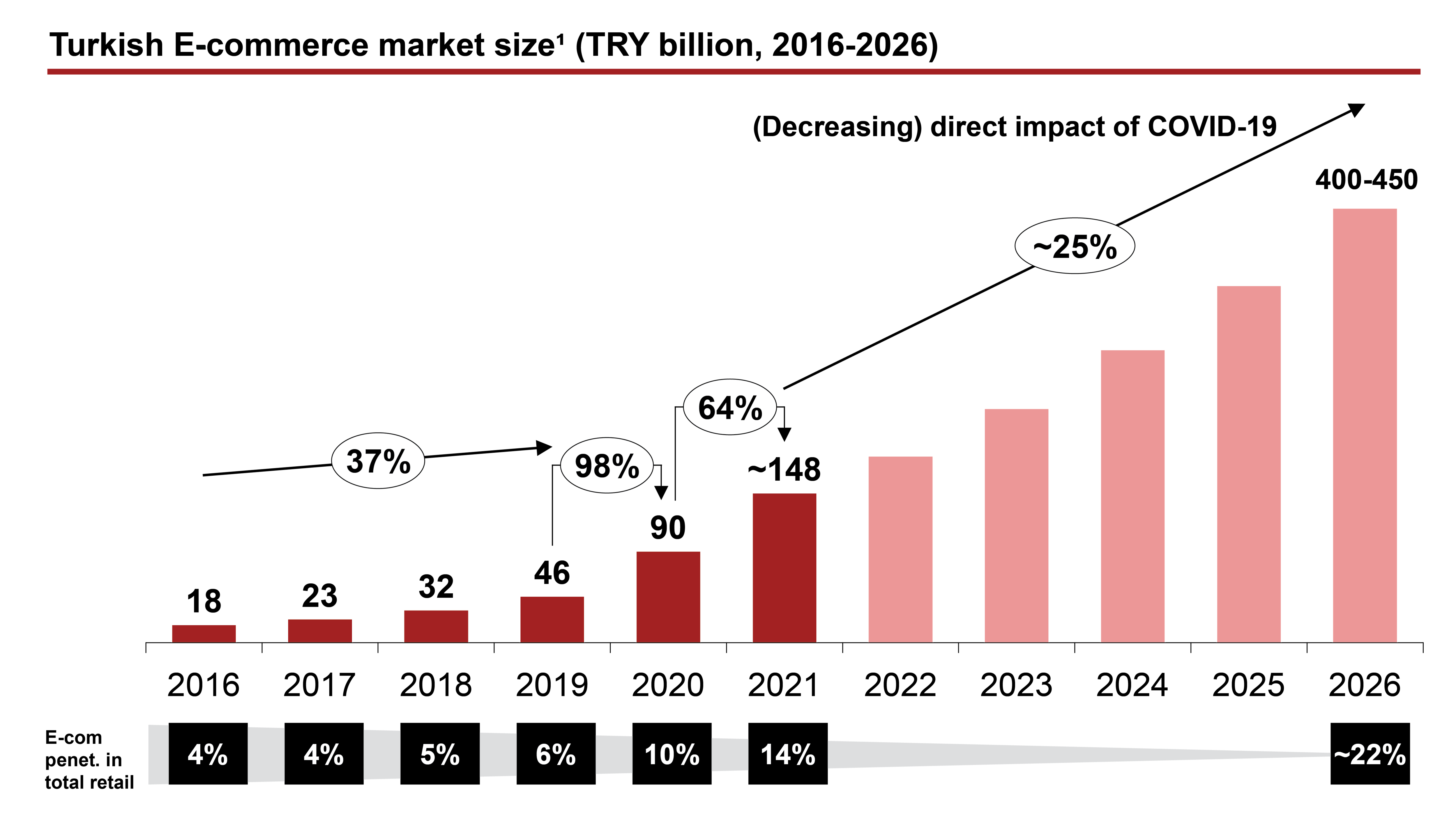Bottleneck Created by Growing Demand for E-commerce
- With the increased demand, 60% of all deliveries are E-commerce related.
- Same-day delivery and return-at-the door increase operational complexity for delivery companies.
- Interruptions in delivery cause dissatisfaction towards the merchant and the marketplace.
- To cope with the demand, the workforce of the delivery sector has increased 65% in 2020.










